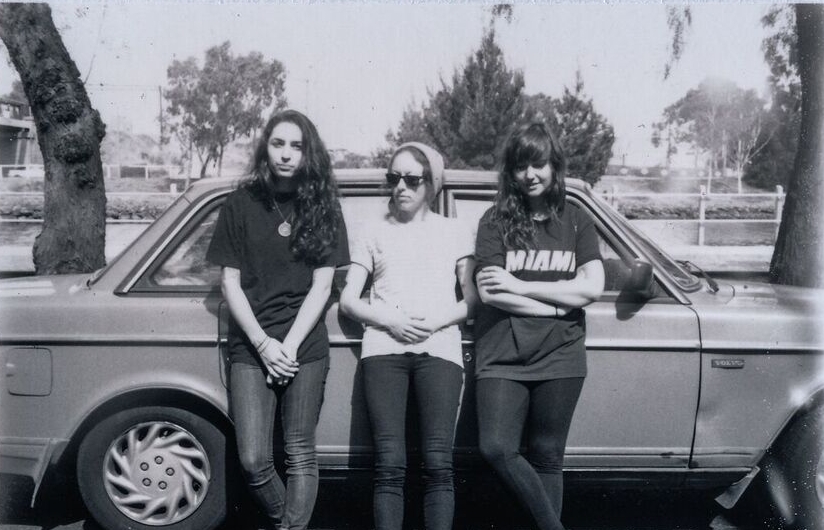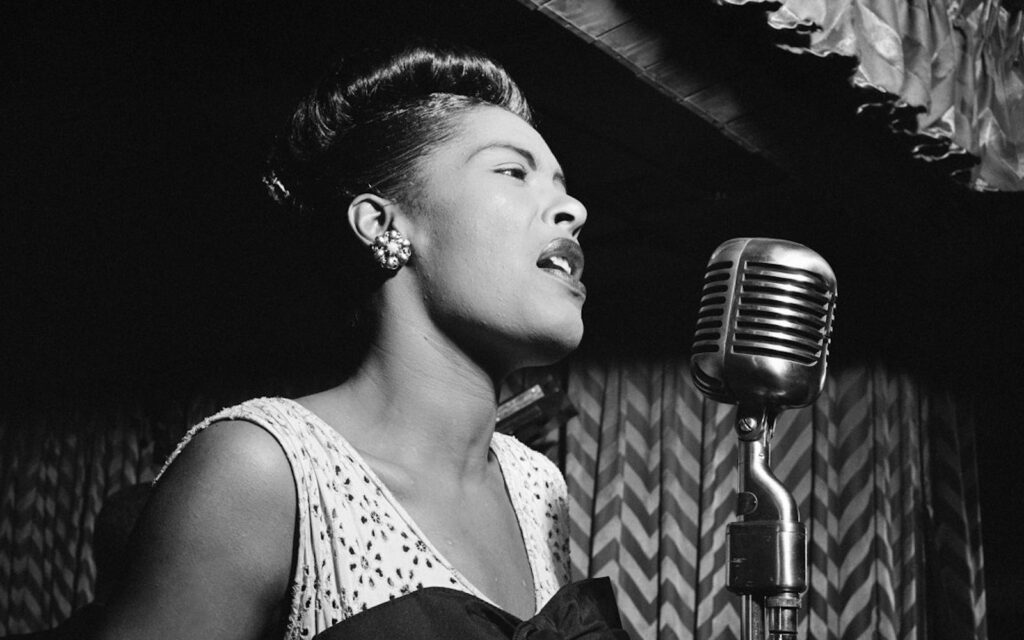Since originating in the late ‘60s, the constantly-evolving synthesizer has been an integral part of almost every genre possible, spawning a multi-generational legacy with an unparalleled impact on music history. Synthesizers: Sound of the Future is a collaborative exhibit from the Grainger Museum and Melbourne Electronic Sound Studios commemorating the genesis of Melbourne’s electronic music scene between 1969 and 1974, where the Grainger Museum was turned into a state-of-the-art studio for teachers and students to experiment with the revolutionary technology of analogue synthesis.
Featuring an impressive suite of historic EMS instruments, including the priceless EMS VSC 1 and a cutting-edge EMS Spectre video-synth, Synthesizers functions both as an exhibition and open studio, allowing punters to observe the organic construction of electronic sound in the flesh. Basically, it’s every music nerd’s dream. To celebrate the ambitious exhibition, we’ve dug into the record collection to trace the evolution of the synthesizer and its pivotal role in changing the face of music today.
Pink Floyd – ‘On The Run’
As purveyors of progressive-rock, Pink Floyd certainly had a penchant for experimenting with all things weird, and it doesn’t get much weirder than the EMS VSC3. Invented in 1969, the EMS VSC3 is a semi-modular synthesizer renowned for its versatile filter and low frequency oscillator, which Pink Floyd put to good use to create the pulsating bleeps that carry the Dark Side Of The Moon track ‘On The Run’, hurtling the electronic sounds of the synthesizer into the popular conscience of rock musicians in the process. If you feel so obliged, you can check out an original EMS VSC3 at the Grainger Museum – it’s a certified piece of music history.
Parliament – ‘Flashlight’
Possibly the most iconic synthesizer of all time, the Moog Minimoog D has been used on countless influential records – from Kraftwerk’s Autobahn’to Donna Summer’s disco gem ‘I Feel Love’ – but it’s George Clinton and Parliament’s use of the Minimoog on the funk-drenched classic ‘Flashlight’ that takes the cake for many synth purists. The irresistibly fat bass line played by the late Bernie Worrell is undoubtedly one of the best grooves of the ‘70s, forging a classic synth sound which has proved to inspire everyone from Dr. Dre to Daft Punk.
Tears For Fears – ‘Everybody Wants To Rule The World’
In the early ‘80s, artists such as Talking Heads, New Order and Tears For Fears carved out a new genre by merging daring electronic experiments with conventional pop and rock music to create new wave. Lush analogue synthesizers such as iconic Roland Juno 106 and the Sequential Circuits Prophet 5 quickly became favoured by these young, musically progressive bands, with the use of the latter on Tears For Fears’ iconic new wave stomp ‘Everybody Wants To Rule The World’ spawning a sound that would go on to dominate the decade.
Madonna – ‘Papa Don’t Preach’
Introduced as the world’s first digital synth in 1983, the Yamaha DX7 quickly became one of the most popular (and overused) instruments of the ‘80s, boasting a distinct metallic timbre that remains both glorious and cliched in all the best ways. In addition to providing the bass sound for A-ha’s ‘Take On Me,’ the sound of the DX7 was most notably adopted by the queen of synth-pop Madonna, who used it extensively on her 1986 hit ‘Papa Don’t Preach’.
Aphex Twin – ‘Polynomial C’
As the cheesy sounds of the ‘80s began to transition into the grit of the ‘90s, the ecstasy-fuelled grit of techno, acid house and drum ’n’ bass thrust electronic music into the forefront of popularity, dragging the humble synthesizer with it on the way. Desperate to forge their own identity within the dance music movement, artists such as Aphex Twin sought out and modified synths such as Roland’s SH101 to create woozy, wobbling bass sequences over hectic drum samples and abstract samples, breathing a new life into the role of the producer with intuitive tracks such as ‘Polynomial C’ and inspiring dozens of artists to advance the field of electronic music in the process.
Radiohead – ‘Idioteque’
After first experimenting with synths on their 1997 LP OK Computer, British alt-rock darlings Radiohead threw away the guitars and became fully immersed in the world of synthesis for their radical follow up album, Kid A. As well as using the Ondes Martenot — an obscure French synth prototype from the ‘20s — on several tracks, multi-instrumentalist and musical genius Jonny Greenwood employed a massive Analogue Systems modular synth (which basically looks like a big wall full of knobs and buttons) on the apocalyptic track ‘Idioteque’. It created an immersive soundscape of bleeps, bloops and eerie white noise straight from a sci-fi film.
Todd Terje – ‘Inspector Norse’
If you’ve done the rounds of Melbourne’s club circuit in the last five years, there’s a good chance you’ll recognize the squelchy synths of Todd Terje’s ‘Inspector Norse’ in a heartbeat. Powered by its pounding disco drums and relentless bassline, ‘Inspector Norse’ features the unmistakable use of a vintage, semi-modular ARP 2600, with Terje seemingly harvesting the sounds of the synth from a deep space satellite to forge the nu-disco anthem. Terje’s use of the ARP 2600 captures the essence the early EMS synthesizer experiments at the Grainger Museum over 45 years ago, proving that the sound of the future was – and indeed, still is – the sound of the synthesizer.







